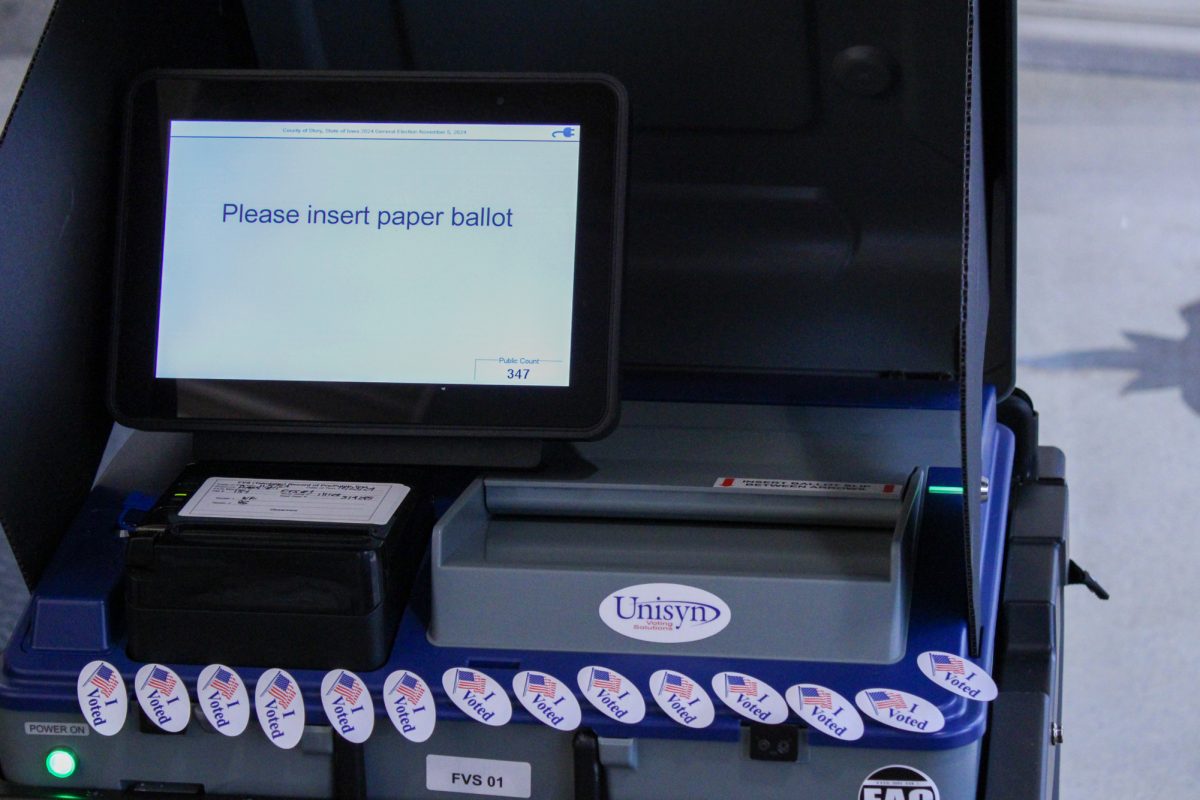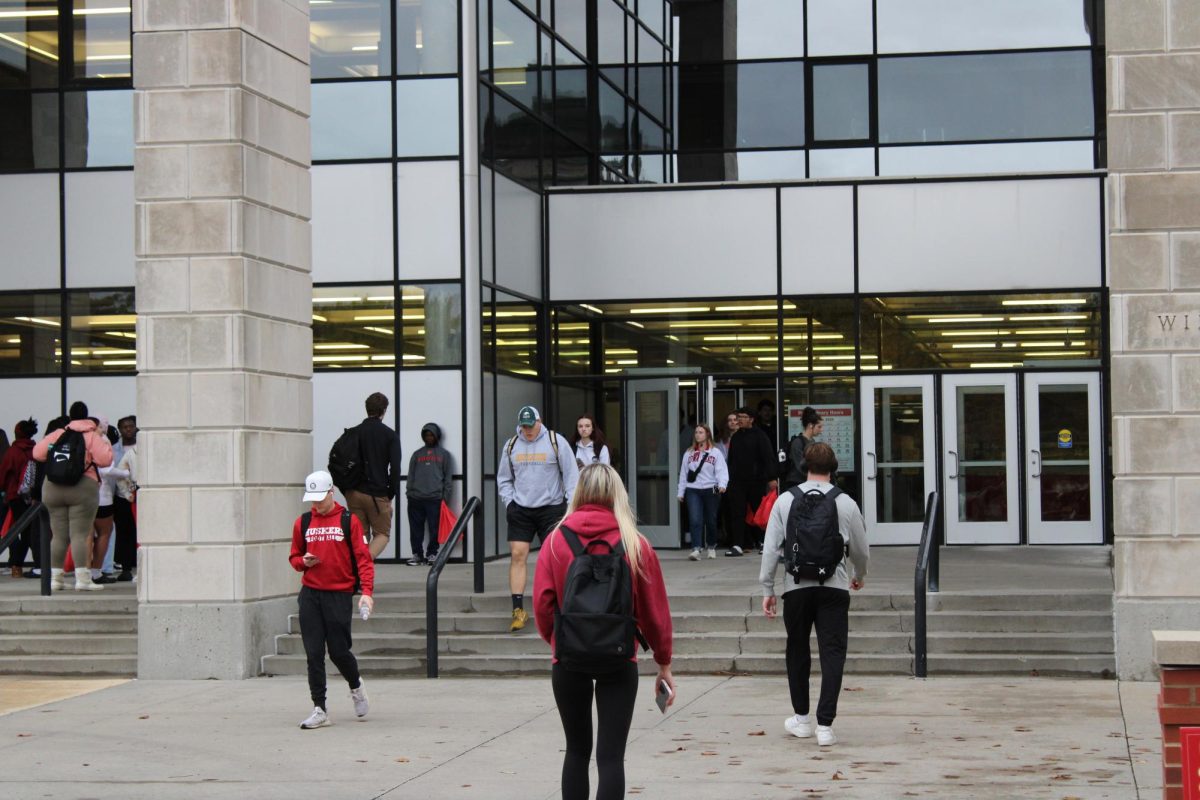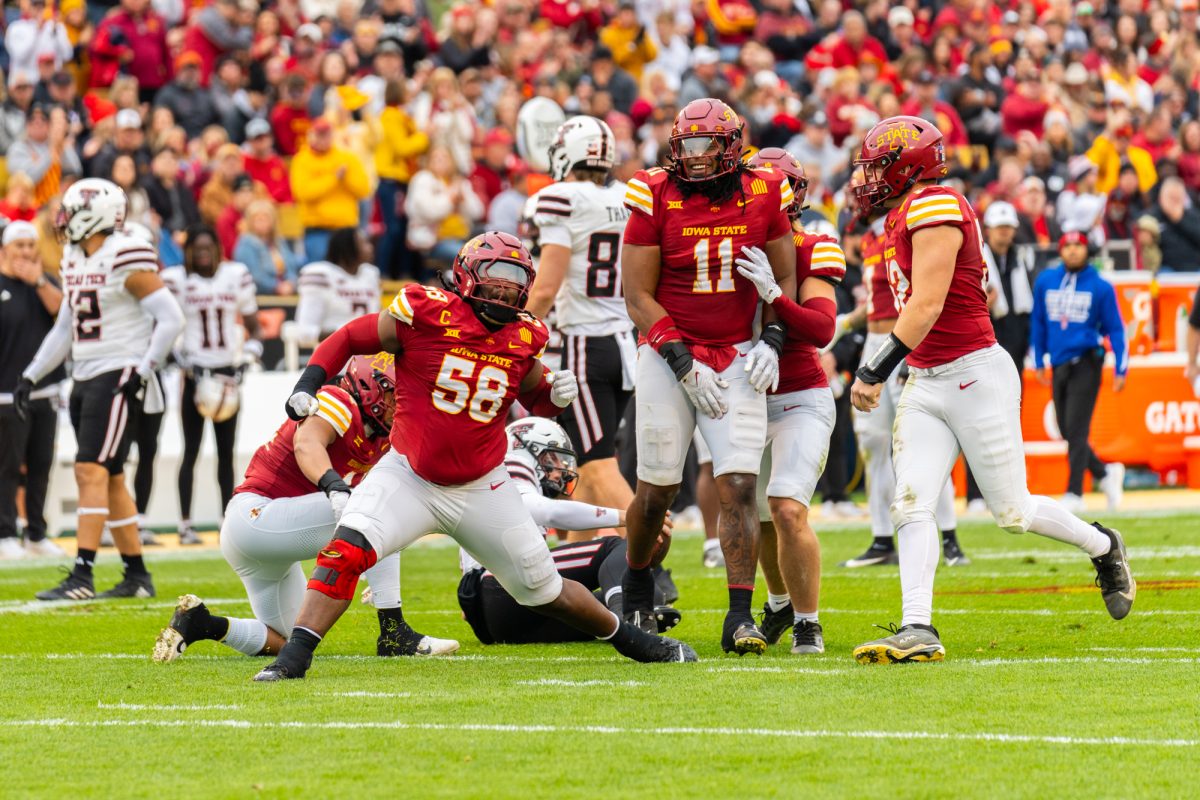Focus on curing the disease, not treating the symptom
April 22, 1999
Pearl, Mississippi. West Paducah, Kentucky. Jonesboro, Arkansas. Edinboro, Pennsylvania. Fayetteville, Tennessee. Springfield, Oregon. And now Littleton, Colorado.
With each time, the question “why?” becomes more urgent. With each time, more people wonder where to place the blame.
The knee-jerk reaction targets externalities, as each shooting brings with it a call for better school security and stronger gun control. Unfortunately, such reactions don’t point to the source of the real problem. While some of those measures might help save lives, they address the issue at the wrong end of the spectrum, stopping the action but not the desire.
Certainly, access to weaponry and information about bomb-building contribute to the proliferation of school violence — although I’m certain the NRA will be quick to point out guns aren’t to blame.
From a utilitarian standpoint, the damage done to families and communities by those wielding firearms — though they represent an infinitesimally small percentage of gun use — heavily outweighs the pleasure the other 99.99 percent of gun owners get from shooting deer and grouse, but that’s beside the point.
The blame does not lie simply in access to weaponry. Installing metal detectors in all our schools is not a long-term solution. It won’t make students not want to kill.
Some folks instead point the finger at things the murderers enjoyed. For example, one AP story written shortly after the tragedy in Colorado was done by an author who felt the need to mention the suspects were Marilyn Manson fans and wore black trench coats.
And families of the victims in the West Paducah incident have reacted by suing several entertainment companies: After all, the attacker played Quake and Doom.
While it’s easy to place the blame on the doorstep of the media, and it certainly is hard to argue that the media are alleviating the situation. The problem is this: Listening to Marilyn Manson doesn’t turn someone into a murderer, nor does playing Quake.
Contrary to popular belief, it is possible to understand the value of a human life and still enjoy violent computer games and films, as millions of Americans demonstrate on a daily basis.
But it’s not likely if no one at home and no one at school is teaching morality. Feeding a child nothing beyond Darwinian survival of the fittest and Smithian self-interest isn’t going to make that Quake-playing kid likely to care much for his fellow man.
We need to more closely examine who is committing these acts. What’s so significant about the recent outbursts is that they’re being committed by young people, not adults.
If the root of the problem lies in the media, wouldn’t the adults who play computer games and watch TV be doing the same things — or at least the college students?
What makes today’s high (and middle) schoolers so different, so much more prone to violence than those only 5 or 10 years older?
Have the schools become so enthralled with political correctness that they dare not teach even the most fundamental social values? Have our parents become so uneducated or apathetic about raising children that they don’t or won’t intercede?
Notice that none of the recent atrocities have occurred in places like malls or movie theaters: They’ve all happened at schools. Notable? Perhaps. In the words of more than one Littleton student interviewed afterward, the “Trench Coat Mafia” was a small group of ostracized students — in his words, “outcasts.”
It sounds like a reasonable description, but it begs a disturbing question: If they were outcasts, who did the casting out?
Access to guns may raise the death toll, and the media might add gasoline to the fire, but the fire itself starts somewhere else. Have the other students become so ignorant of their peers’ feelings that they are closing out others even more than they did when we were in junior high?
Do none of America’s children have a social conscience any longer? Have we abandoned teaching our children the basic functions of social beings?
I’d like to believe that mankind is capable of existing in a civilization where you could pass firearms out in the street and no one would really have to worry.
In fact, I would go so far as to say that’s a better measurement of a civilization’s progress than any figure dependent on income or life span.
Unfortunately, it seems clear we are not headed in a direction to make that possible — in fact, quite the opposite.
Maybe we as a collective need to take a few moments each day to think about what is really important, to consider things beyond our simple personal self-interest, to think about what our schools need to teach and how we need to act.
Our selfishness needs to give way to greater civic understanding, greater care for those who surround us.
Metal detectors, bans on music and trench coats, infringing on people’s rights: These are not solutions. These are a means of hiding our society’s faults.
Nothing is more indicative of the tatters the American social fabric has become than these repeated incidents of schoolyard violence.
Maybe if it had happened only once, we could call it an isolated event and place the blame on something like poor school security. But there have been too many episodes of this lately.
It is not just a problem to address with gun control and metal detectors. It is a problem to address with ourselves and with our most fundamental views on social interaction.
Ben Byrne is a senior in graphic design from Edina, Minn. He wanted to buy a black trench coat after seeing “The Matrix,” but now he’s not so sure.






